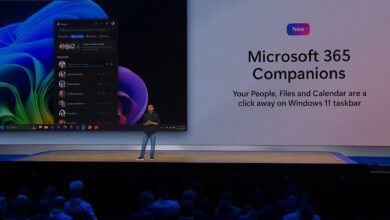From higher quality images to black hole filming; The next generation of the Event Horizon telescope is on its way

Most people in the world became aware of the Event Horizon Telescope (EHT) project when the first black hole photo was published in 2019, which depicted Messier 87, the supermassive black hole located at the center of the galaxy of the same name. However, EHT actually started in 2009, and over the past 15 years, it has continuously improved the technique used to capture its images, called Very Long Baseline Interferometry (VLBI).
To date, Event Horizon has showcased almost its maximum potential; But according to the findings of a new article published on August 27 in the Astronomical Journal, a significant upgrade in the capabilities of this telescope is imminent.
A recent paper reports successful experimental observations at 345 GHz, a significant improvement over the current operating frequency of 230 GHz. This achievement represents a major advance in the VLBI technique’s ability to measure light at high frequencies and could improve the quality of future Event Horizon images.
The ability to record images at 345 GHz will allow Event Horizon to photograph distant objects like Messier 87 in much higher detail, create multicolor composite images, and possibly film black holes once the upgrade is complete. The images included in the article include simulations of what those composite photos might look like.








